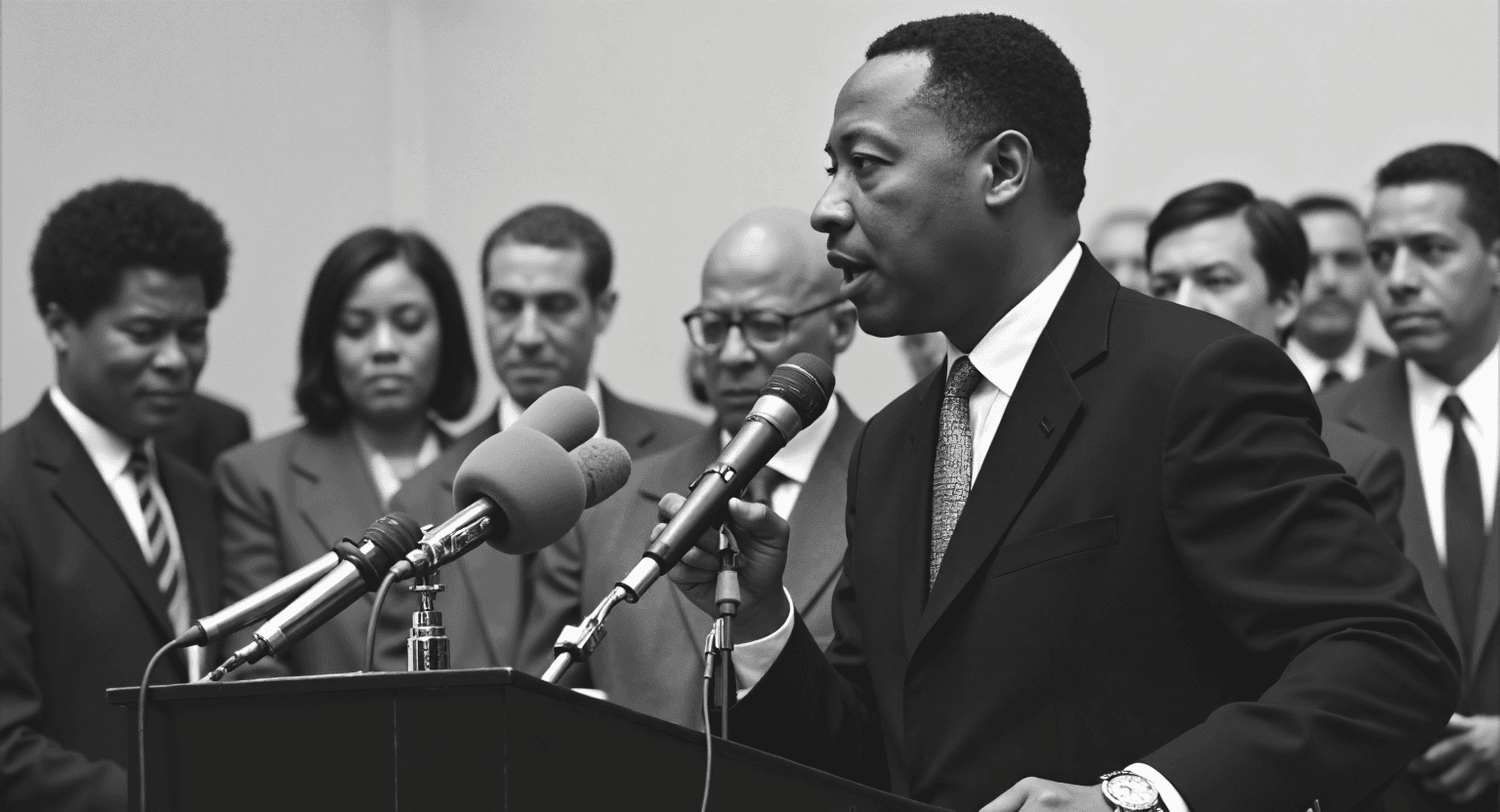The Unfinished Dream: A Continuing Struggle for Equality in the Shadow of King’s Vision
Martin Luther King Jr.’s “I Have a Dream” speech, delivered on August 28, 1963, at the March on Washington for Jobs and Freedom, remains a cornerstone of the American civil rights movement. The resonant phrase, “I have a dream that one day this nation will rise up and live out the true meaning of its creed: ‘We hold these truths to be self-evident, that all men are created equal,'” encapsulates the core of King’s vision: a nation where the promise of equality, enshrined in the Declaration of Independence, is finally realized for all its citizens, regardless of race. While significant progress has been made since that sweltering summer day, King’s dream remains, in many ways, unfinished. This article will delve into the historical context of the speech, analyze its central themes, examine the progress made towards achieving racial equality, and explore the persistent challenges that continue to obstruct the full realization of King’s vision.
The “I Have a Dream” speech was delivered at a pivotal moment in American history. The Civil Rights Movement was gaining momentum, challenging the deeply entrenched system of segregation and discrimination that plagued the nation. Jim Crow laws, enforced throughout the South, denied African Americans basic human rights, from voting to equal access to education, housing, and employment. The brutal realities of police brutality and racial violence were commonplace. King’s speech, delivered in front of the Lincoln Memorial, a symbol of emancipation, served as a powerful indictment of racial injustice and a clarion call for change.
The speech’s power derives from its eloquent articulation of the American ideal of equality juxtaposed with the stark reality of racial inequality. King’s invocation of the Declaration of Independence highlights the hypocrisy of a nation founded on the principle of equality yet denying that very equality to a significant portion of its population. He masterfully weaves together biblical imagery, historical references, and personal anecdotes to create a compelling narrative of the African American experience, emphasizing the urgent need for moral and social transformation.
The “dream” itself is not a utopian fantasy but a deeply rooted aspiration for a just and equitable society. It is a call for the full integration of African Americans into the fabric of American life, where they are afforded the same opportunities, rights, and respect as their white counterparts. King envisions a future where his children “will one day live in a nation where they will not be judged by the color of their skin but by the content of their character.” This powerful statement encapsulates the essence of his dream: a society where race is no longer a barrier to opportunity and individual merit is the sole determinant of success.
The decades following the “I Have a Dream” speech witnessed significant legislative and social changes. The Civil Rights Act of 1964 and the Voting Rights Act of 1965 dismantled legal segregation and secured the right to vote for African Americans. These landmark achievements were hard-won victories, achieved through years of struggle, sacrifice, and unwavering commitment by activists like King. However, the dismantling of legal barriers did not automatically translate into full equality.
Despite the progress made, the legacy of slavery and Jim Crow continues to cast a long shadow over American society. Systemic racism, embedded in institutions and social structures, perpetuates racial disparities in areas such as education, healthcare, housing, employment, and the criminal justice system. The wealth gap between white and black Americans remains significant, reflecting centuries of discriminatory policies and practices. The ongoing struggle against police brutality and racial profiling highlights the persistent threat of violence faced by African Americans.
The emergence of the Black Lives Matter movement in recent years underscores the unfinished nature of King’s dream. The movement, sparked by the killings of unarmed black men and women by law enforcement, has brought renewed attention to the pervasive nature of racial injustice and the urgent need for systemic change. It has also highlighted the intersectionality of race with other forms of oppression, such as poverty, gender inequality, and LGBTQ+ discrimination.
Academic research continues to shed light on the complex and multifaceted nature of racial inequality. Studies have documented the pervasive impact of implicit bias, microaggressions, and structural racism on the lives of African Americans. Scholars are also exploring innovative approaches to addressing racial disparities, including restorative justice, affirmative action, and community-based interventions.
The ongoing debate surrounding these approaches highlights the challenges of translating King’s vision into concrete policy solutions. Critics of affirmative action argue that it perpetuates reverse discrimination, while proponents maintain that it is a necessary tool for addressing historical injustices. Similarly, debates about policing and criminal justice reform reflect deep divisions within society about the root causes of crime and the appropriate role of law enforcement.
Looking ahead, the realization of King’s dream requires a sustained commitment to dismantling systemic racism and promoting racial justice. This requires a multi-pronged approach that addresses the root causes of inequality, including poverty, lack of access to quality education and healthcare, and discriminatory practices in housing, employment, and the criminal justice system. It also requires a fundamental shift in attitudes and beliefs, moving beyond superficial notions of colorblindness to a deeper understanding of the historical and ongoing impact of racism.
Education plays a crucial role in shaping attitudes and promoting understanding. Accurate and comprehensive teaching of American history, including the history of slavery and Jim Crow, is essential for fostering empathy and challenging ingrained prejudices. Promoting diversity and inclusion in educational institutions creates opportunities for cross-cultural interaction and understanding.
Furthermore, fostering dialogue and understanding across racial lines is crucial for building bridges and creating a more inclusive society. Community-based initiatives that bring people from different backgrounds together can help break down stereotypes and promote mutual respect. Supporting organizations working to advance racial justice and empower marginalized communities is essential for achieving lasting change.
In conclusion, while significant progress has been made towards achieving racial equality since Martin Luther King Jr. delivered his iconic “I Have a Dream” speech, the dream remains unfinished. The ongoing struggle against systemic racism, police brutality, and persistent racial disparities demonstrates the enduring relevance of King’s message. Realizing his dream requires a sustained commitment to addressing the root causes of inequality, promoting education and dialogue, and fostering a society where all individuals are truly judged by the content of their character, not the color of their skin. The journey towards fulfilling King’s dream is a continuous one, demanding unwavering dedication and a collective commitment to building a more just and equitable future for all.





